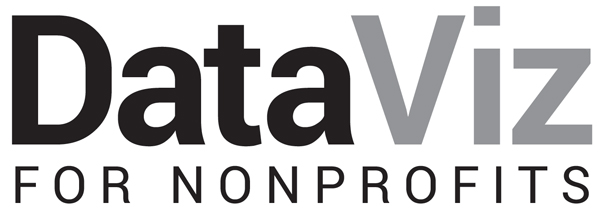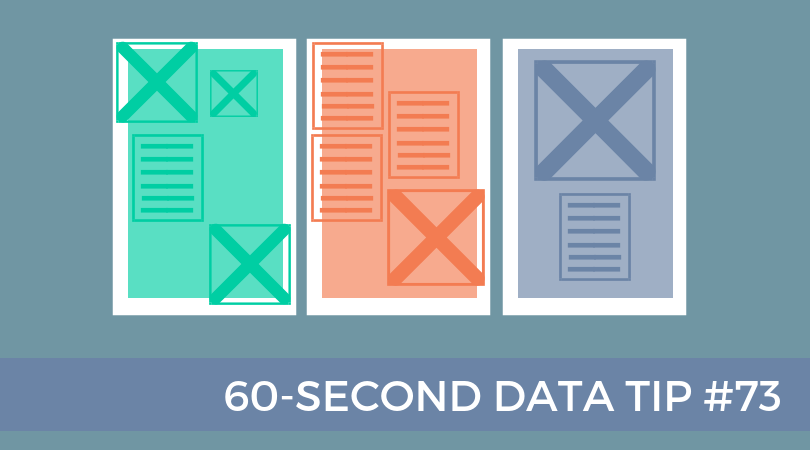This is the second in a series of tips on different chart types. The idea is to fill up your toolbox with a variety charts for making sense of data. This week, I give you the bubble chart.
Active Ingredients (What is a bubble chart?)
A bubble chart is really just a souped-up scatterplot. Like the scatterplot, it’s a graph with plotted points that show the relationship between two sets of data. Here’s a scatter plot showing the relationship between the height and girth of black cherry trees:
We can see that there is a relationship between height and girth. As trees get taller, they also tend to get wider. The scatterplot becomes a bubble chart when we size the points according to another measure, in this case the volume of the trees.
Black cherry tree data: https://vincentarelbundock.github.io/Rdatasets/datasets.html
Now we can see that as height and girth increase, the volume of black cherry trees also tends to increase. Sometimes folks add another measure or dimension to bubble charts using color, such as in this example.
Uses
Use a bubble chart when you want to show the relationship between two measures plus a bit more. In the bubble chart above, we can see that as the cost of smartphones (position on X-axis) increased, the growth in sales (position on Y-axis) decreased AND that sales were particularly high in China, Emerging Asia, and North America in 2017 (size of bubbles) AND that the boom markets with cheap phones were mainly emerging markets (color of bubbles). That’s a lot of information in a fairly small space.
Warnings
When you cram too much information into bubble charts, viewers struggle to see core relationships and trends. So don’t use too many data points, too many sizes, or too many colors. Scroll down to the end of this tip to see a bubble chart that confuses more than elucidates.
Put your most important measures on the X and Y axes. Remember that humans are really good at discerning position along a common scale. So viewers are most likely to comprehend the relationship between the X and Y measures first.
Show your less important measures or dimensions with size and color. Humans can only make general comparisons when it comes to size and color. We are hard pressed to say if one shade is twice as dark as another or if one circle is three times the size of another.
To see past data tips, including those about other chart types, click HERE.
There’s too much information in this bubble chart!
Source: European Beer Consumption | Mekko Graphics
I found most of these bubble charts on Grafiti.
Let’s talk about YOUR data!
Got the feeling that you and your colleagues would use your data more effectively if you could see it better? Data Viz for Nonprofits (DVN) can help you get the ball rolling with an interactive data dashboard and beautiful charts, maps, and graphs for your next presentation, report, proposal, or webpage. Through a short-term consultation, we can help you to clarify the questions you want to answer and goals you want to track. DVN then visualizes your data to address those questions and track those goals.













































